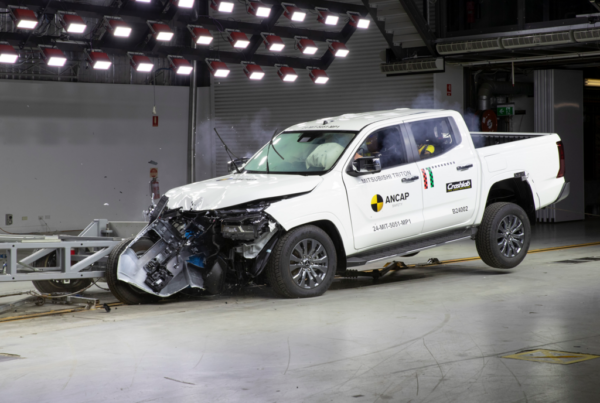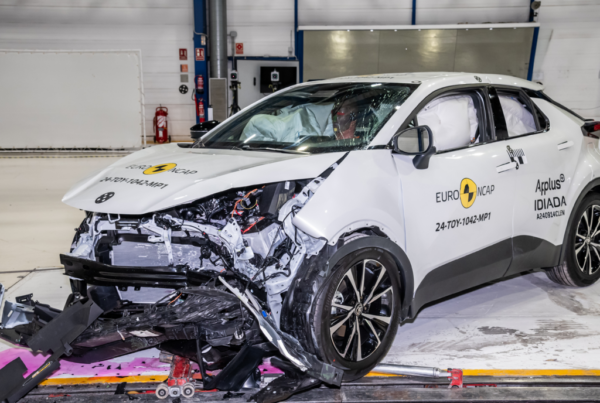Studies around the world have continually identified driver inattention as a leading factor in most incidents and near misses, so why aren’t we taking this issue seriously?
As part of an extensive research project by the USA National Highway Traffic Safety Administration (NHTSA) vehicles compiled over 42,300 hours of driving data on 241 drivers. In that sample size 82 (34%) drivers were involved in an incident and there were 761 near misses and 8,295 critical incidents.
The study found that nearly 80 per cent of crashes and 65 per cent of near-crashes involved some form of driver inattention within three seconds before the event with distracting activities such as mobile phone use and drowsiness the primary cause of driver inattention.
An Australian Transport Safety Bureau report indicates that 43% of drivers regular answer their phones, 24% make calls, 16% read text messages and 8% send text messages while driving, confirming that the use of mobile phones when driving is still a major road safety problem.
Given that nearly 50% of all workplace deaths occur while driving, there is an overwhelming need to minimise distraction during driving and to educate your drivers on the dangers.
So what can fleet managers to do protect their drivers while on the road? Below are 10 easy checklist items to be aware of when implementing an improved safety policy for your drivers:
Taking safety seriously within your organisation
1. Fatigue
Driving when fatigued is dangerous and significantly increases incident risk. Supervisors should plan realistic schedules and drivers should be rested before departure, stop for appropriate rest breaks (every two hours, even if not feeling tired) and avoid driving during normal sleeping hours.
2. Driver Distraction – Mobile Phones
The use of handheld mobile phones when driving is illegal and in no circumstances should this be done. Employees who are ticketed for this behaviour will face disciplinary action by the company that could result in the loss of the company supplied vehicle and/or termination of employment.
3. Vehicle Safety Assistance Systems
These are systems which are designed to assist stability and manoeuvrability, thus preventing loss of control in severe manoeuvring, braking and/or adverse weather conditions. The company should therefore have a vehicle replacement policy where it will consider the purchase and use of vehicles having following safety systems.
4. Electronic Stability Control (ESC)
Where available ESC will be considered as standard equipment for all company supplied or financed vehicles and all vehicles undertaking company business. Where such systems are available they must not be intentionally disengaged.
5. Anti-Lock Braking (ABS)
ABS must be standard on all company supplied or financed vehicles and all vehicles undertaking company business.
6. Traction Control
Where available, Traction Control will be considered as standard equipment and included in all vehicle acquisitions. Where such systems are available they shall not be intentionally disengaged.
7. Airbags
Vehicles that do not have driver and passenger airbags will not be used on company business. Side (curtain or head and trunk) airbags, which offer significant occupant protection, will be specified on new vehicle acquisitions. Where not available on the first choice of vehicle, a case must be made and submitted to management for authorisation to deviate from this policy.
8. Lane Departure Warning
Where Lane departure warning is available it should be considered as standard fixture.
9. Brake Assist
Where brake assist systems are available it should be considered as mandatory equipment.
10. Reversing Sensors
Where available reversing sensors and/or camera will be considered as standard equipment and included in all vehicle acquisitions.
The following was originally published as part of AfMA’s fleet management guide, which is available as a free resource tool for all members.































